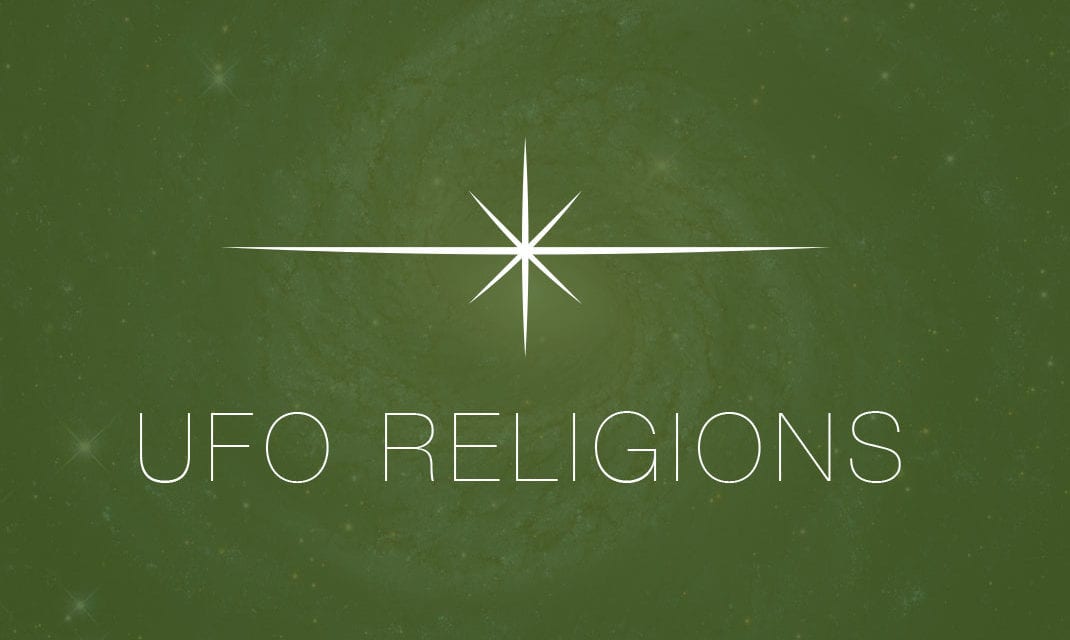In the last post, I quoted Christopher Partridge’s article in UFO Religions as follows:
“Whilst there are some differences between the theosophical masters / mahatmas of wisdom (who were usually thought to reside in Tibet), and the early accounts of aliens, in actual fact the similarities between the two are striking and the differences fairly superficial.”1
I’d like to elaborate a bit on what Partridge means by these “striking similarities” in this post. Partridge lists (p. 12) the following features shared by the ascended masters of Theosophy and early accounts of aliens:
- Both are considered to be highly spiritually evolved, morally superior, and technologically advanced.
- Both are considered benevolent beings with a deep salvific concern for a humanity bent on the destruction of the planet.
- Both the ascended masters of Theosophy and early aliens who allegedly contacted people during the “contactee era” were said to be from Venus.
Partridge finds it of great interest that the only thing that appears to be markedly different between the Theosophical accounts of encounters with the ascended masters and later aliens contacts in the mid 20th century is that, after 1947, the Venusians/aliens/masters come to earth descending in flying saucers. Before 1947, and with respect to theosophical contact with the ascended masters, contact occurred via astral travel or during sleep.
Partridge then refers readers to the work of the most famous early post-1947 contactee, George Adamski. Adamski was in fact
“. . . a Polish-born Californian occultist who, in 1936, founded the theosophically-oriented Royal Order of Tibet . . . Hence it is unsurprising to find in his influential book, The Flying Saucers Have Landed (co-authored with British occultist Desmond Leslie), not only numerous references to theosophical themes and doctrines, but also a bibliography that is little more than a short list of key theosophical and occult writings by authors . . . Furthermore, Adamski’s ‘Space Brothers’ are not the almond-eyed aliens most commonly reported by contemporary contactees, but are rather ‘humanoid,’ resembling popular theosophical descriptions of the masters.2
Nope . . . nothing occult going on here, Monsignor Balducci.





Hello MSH… I’ve been pondering which topical area would be the most reasonable to post this query. This place just may be the place. Please know I understand about the fallen Watchers and that most assuredly, the world’s “eatie” problem is connected to what are known as the occult realms. Without going into great detail I will say that my life experience has provided me with more than ample proof. Consequently I find myself perplexed by the Scriptural usages of the word ‘light.’ This in reference to the light of/that is the Godhead comparatively speaking to the light that the Adversary and his ministers are transformed as/into? The “eaties” and related minions of channeled “light beings” (helping out planetary light workers etc.) somehow fit into this light enigma. Any light you can shed on this will be most appreciated. (Pun intended– I think.)
Debra: In the pre-scientific worldview of the biblical authors, light was considered the “substance” of the divine – the sort of fundamental property of divine beings. This is why Jesus was called things light the light of the world (literally, the light of the cosmos), and why God is called the “Father of lights” in James. While Satan is the “shining one”, the point of Paul’s warning is that evil can appear as holy.